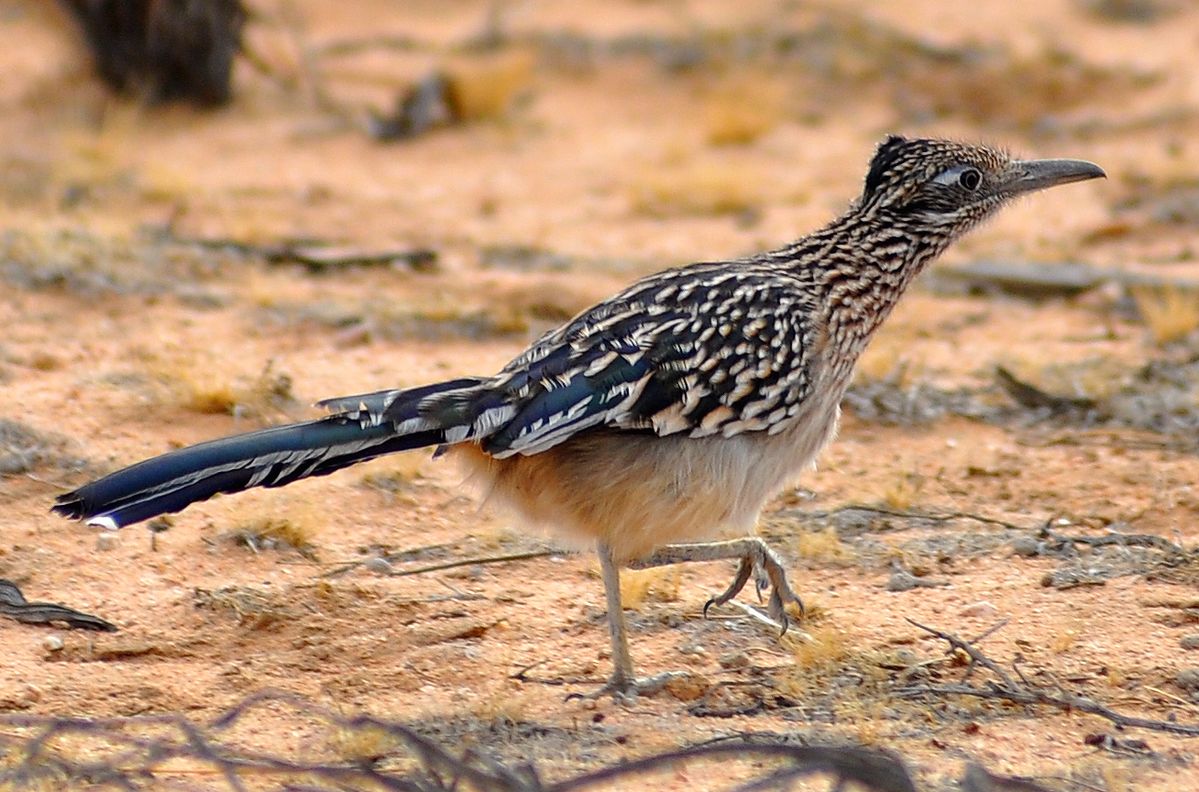
We expect climate change to have a mostly negative effect on natural habitats, at least short and medium term. Yes, there has “always” been climate change. Stable and healthy modern ecosystems known to have existed in recent decades (there may be none extant at this very moment) arrived at that state after a long history involving change. But we also know that rapid change can have long term devastating effects. Major extinction events that are geologically instantaneous have been followed by periods of time with reduction of species or unstable habitats that last for hundreds of thousands or millions of years.
Readers of 10,000 Birds know that diversity is one of the great hallmarks of modern day birds. There are about 10,000 species of them, after all, which is a lot for a vertebrate. Here are a few other things regular readers of this site may be familiar with: The bird science journal “The Condor,” the Museum of Vertebrate Zoology at UC Berkeley, the concept of “niche,” and the system for making field observations of species known as the “Grinnell System.” As you might guess, one thing that holds all of these together is Joseph Grinnell. He was the first director of that museum, edited that journal, invented the niche concept, and, of course, came up with the Grinnell system.
And, he literally wrote the book(s) on California birds.
Grinnell and his students conducted surveys of birds in the Mohave Desert, starting in 1908 and running to 1947 (Grinnell died in 1940). More recently, Kelly J. Iknayan and Steven R. Beissinger of the Museum of Vertebrate Zoology, UC Berkely, repeated the survey.
Very simply put, the bird population in the Mohave is in the process of collapse, and the reason for it appears to be climate change.
We might expect that as the earth warms, biomes or regionally defined habitats will move north, and with them, their plants and animals. However, a bit of thinking about this shows that habits are often circumscribed and therefore can’t really to this. An alpine forest can not climb down the side of the mountain, cross the plains, and find some other, better, mountain up north. Still, one would think, with birds … they can just fly to a new region. But, that is also a naive view. At this point you already know that the population health of a bird species has to do with numerous, rather delicately balanced factors, such as when the primary plant or insect based food supply emerges in relation to the timing of migration and breeding, and so on. Still, on the third hand, wouldn’t we expect that in some areas, as climate change changes everything, that there would be winners and losers, that while some species may decline, others would thrive, and everything would balance out in the end?
Not in the Mohave Desert. Here, according to the research, there is
strong evidence of an avian community in collapse. Sites lost on average 43% of their species, and occupancy probability declined significantly for 39 of 135 breeding birds. The common raven was the only native species to substantially increase across survey sites. Climate change, particularly decline in precipitation, was the most important driver of site-level persistence, while habitat change had a secondary influence …
The main problem is, simply, lack of rain, and in particular, surface water from rain is missing from several areas and very often.
I will note briefly that climate science deniers are claiming that the actual reason for the collapse is that the Mohave Desert has been “filled” with windmills,and these windmills have actually killed all the birds. This is not what the study shows. The most severe effects observed were actually in large areas that disallow windmills, such as Death Valley national park.
This study is a rare one, given the long time period for comparison. People often think of human caused climate change as something that has happened over recent years, or the last couple of decades. But human effects on the climate are much older than that. During the first half of the 20th century, human induced warming accounted for a measurable percentage of change in global temperature. Now, it accounts for more than all of it (humans cause both warming and cooling). But the effects were still here. From the study:
Community collapse of the Mojave avifauna represents a precursor to defaunation that would have been overlooked if we had not had access to the original faunal surveys of Joseph Grinnell and colleagues from the early 20th century. Data used to document declining wildlife populations typically trace to the 1960s or 1970s. Although similar changes may be occurring in other ecoregions that lack comparable historical data, the harsh nature of desert environments makes them more likely to become less suitable for life and offers a prescient warning for biodiversity loss as future climates are pushed further toward extremes.
By the way, birds that are deeply adapted to desert life, such as the Roadrunner shown above (photo from Wikimedia Commons) are not much affected by the observed changes in climate.
The Study:
Kelly J. Iknayan and Steven R. Beissinger. 2018. Collapse of a desert bird community over the past century driven by climate change. PNAS August 6, 2018. Online.











Leave a Comment